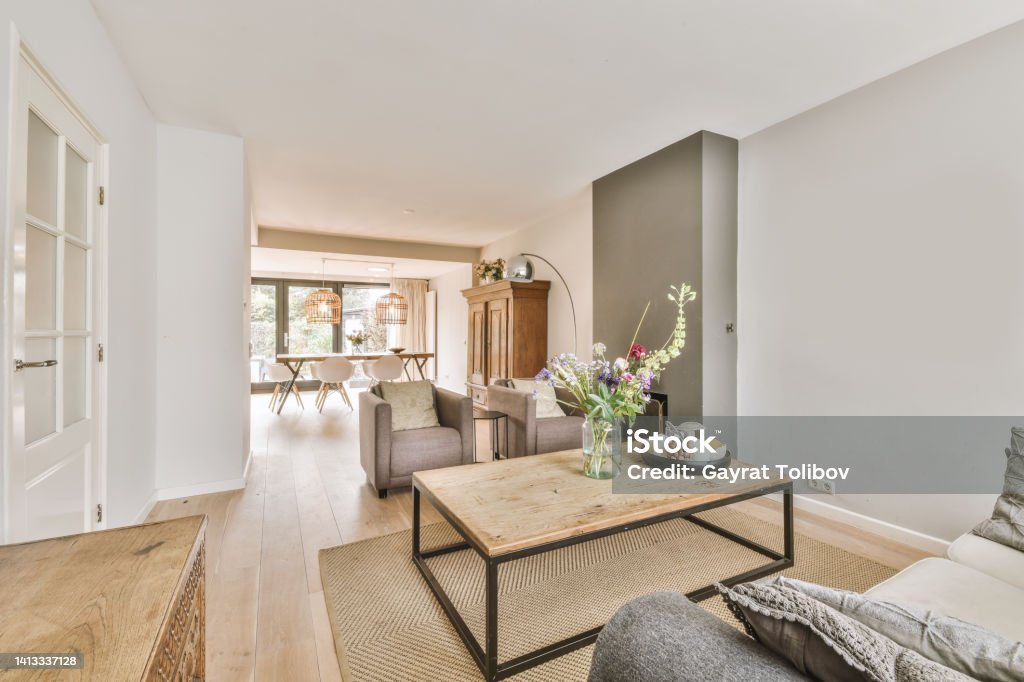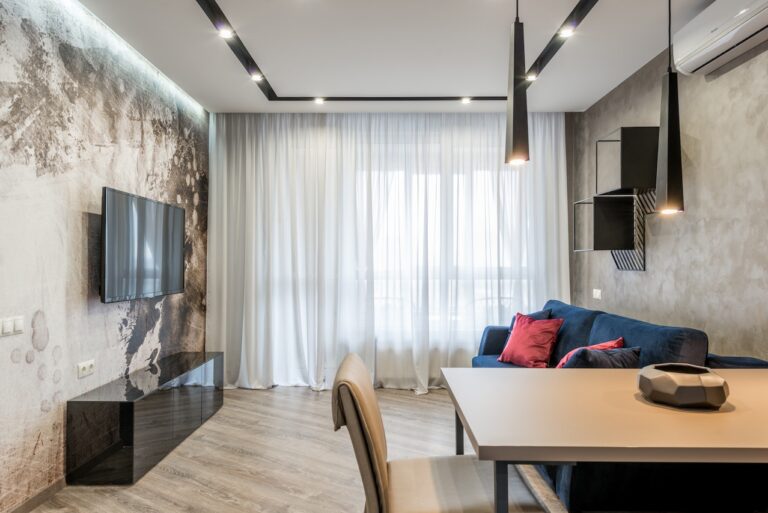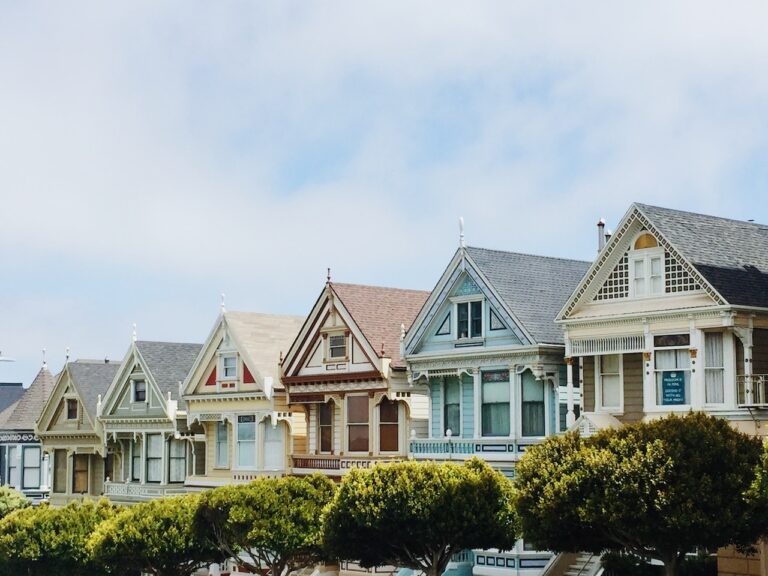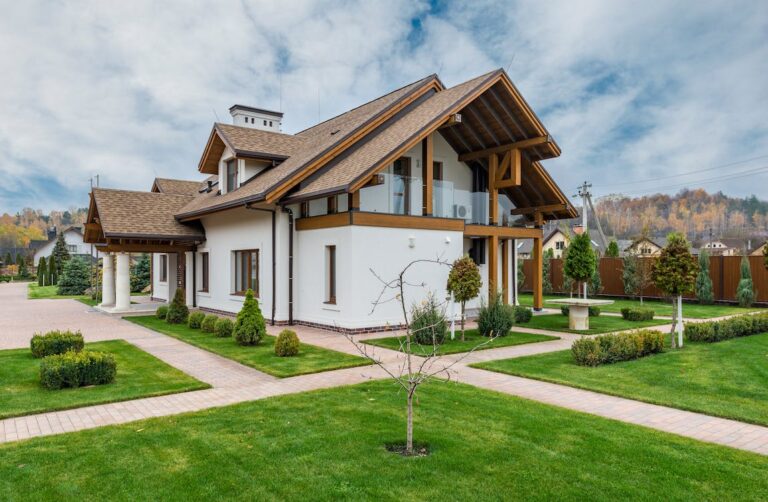Homeownership is a significant milestone for many individuals and families, representing stability, security, and an investment in the future. However, the cost of insuring a home can be a major financial consideration. Factors such as location, property value, and the local real estate market can significantly impact home insurance rates. In this article, we will delve into the fascinating relationship between Grand Rapids‘s real estate market and its influence on home insurance rates.
The Booming Real Estate Market in Grand Rapids:
Grand Rapids, Michigan, has experienced a remarkable surge in its real estate market over the past decade. Known for its vibrant economy, cultural attractions, and quality of life, the city has become increasingly desirable for homebuyers. A strong job market, low cost of living, and a range of recreational amenities have contributed to this growth.
As the demand for homes in Grand Rapids continues to rise, property values have soared. This surge in home prices impacts home insurance rates since insurers assess the replacement cost of a property when determining coverage. Higher property values mean insurers must account for a potential increase in the cost of rebuilding or repairing a home after a covered event.
Location and Risk Assessment:
Another crucial factor that affects home insurance rates is the location of a property. Grand Rapids’s real estate market is diverse, with homes ranging from downtown condos to suburban houses. Each neighborhood or area carries its own level of risk, which insurers consider when determining home insurance premiums.
For instance, homes located in areas prone to natural disasters, such as flooding or tornadoes, may face higher insurance rates due to the increased risk. On the other hand, neighborhoods with low crime rates, well-maintained infrastructure, and proximity to fire stations may benefit from lower insurance rates.
Mitigating Risks and Lowering Rates:
Homeowners in Grand Rapids can take certain measures to mitigate risks and potentially lower their insurance rates. Implementing safety features such as burglar alarms, smoke detectors, fire extinguishers, and storm shutters can reduce the risk of property damage and qualify for insurance discounts.
Moreover, maintaining a good credit score, bundling insurance policies, and reviewing coverage limits periodically can help homeowners secure competitive rates. Additionally, investing in home improvements, such as updating electrical systems, plumbing, and roofing, can decrease the likelihood of claims and lower insurance premiums.
Conclusion:
The booming real estate market in Grand Rapids has far-reaching effects, including its impact on home insurance rates. As property values rise and demand for homes increases, insurers recalibrate their pricing to reflect the potential cost of rebuilding or repairing homes. Additionally, factors like location, crime rates, and proximity to natural disaster zones all play a role in determining insurance rates.
Homeowners in Grand Rapids must understand the dynamic interplay between the real estate market and insurance rates to make informed decisions. By taking proactive measures to mitigate risks, maintaining a good credit score, and staying updated on coverage options, homeowners can navigate the evolving landscape of Grand Rapids’s real estate market while securing favorable home insurance rates.




